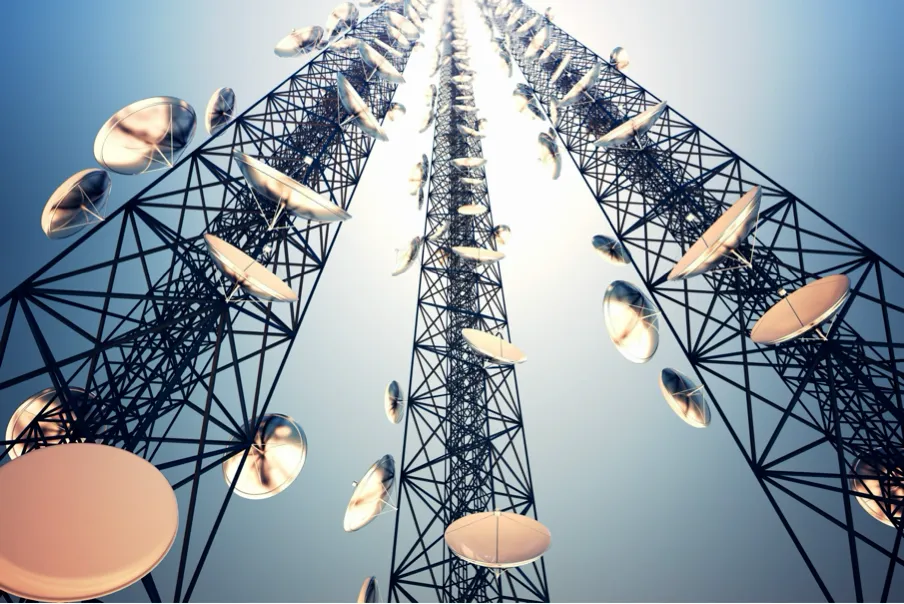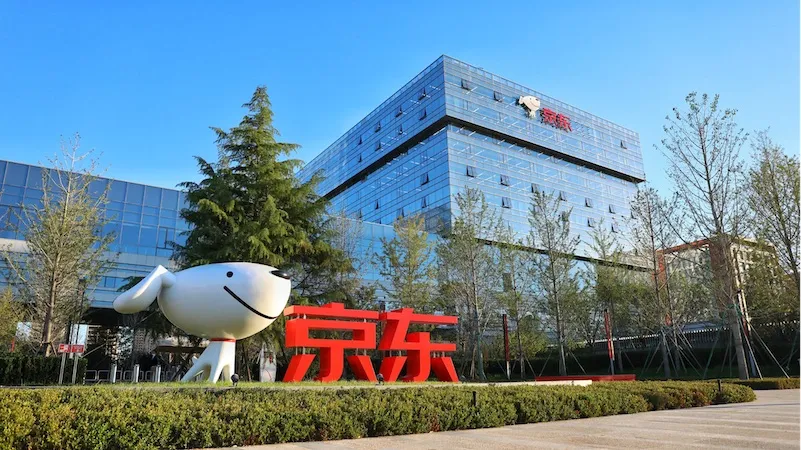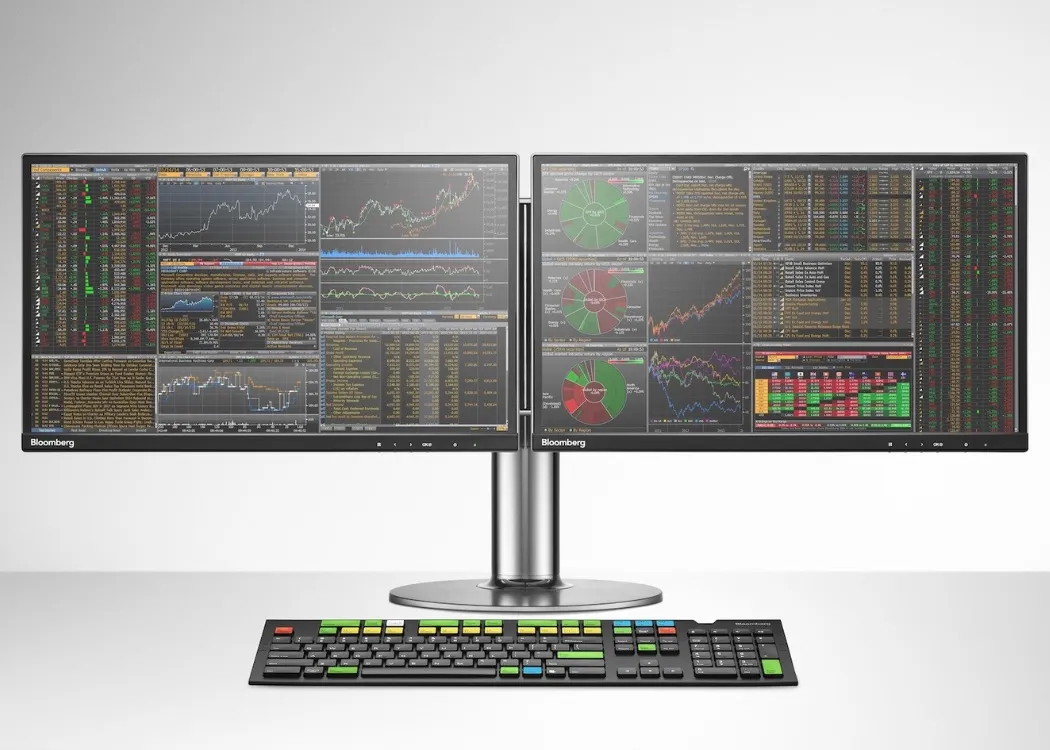Table of Contents
Disclaimer: Asian Century Stocks uses information sources believed to be reliable, but their accuracy cannot be guaranteed. The information contained in this publication is not intended to constitute individual investment advice and is not designed to meet your personal financial situation. The opinions expressed in such publications are those of the publisher and are subject to change without notice. You are advised to discuss your investment options with your financial advisers, including whether any investment suits your specific needs. From time to time, I may have positions in the securities covered in the articles on this website. Full disclosure: I do not hold a position in China Tower at the time of publishing this article. To reiterate, this post and the below presentation are for informational and educational purposes only - not a recommendation to buy or sell shares.
China Tower (788 HK - US$16 billion) has been discussed on VIC several times, most recently by “gocanucks97”. I’ll go through the story in detail and provide my assessment of what I think will happen to earnings.
The company is a state-owned enterprise that owns virtually all telecommunication tower infrastructure in China. It was formed in 2014 when China’s three large telecom operators injected their assets into this entity. They’re also the company’s three largest customers.
The government wanted to reduce the duplication of resources and increase efficiency in the sector. In my view, it also wanted to level the playing field between leading telecom operator China Mobile and its weaker competitors China Telecom and China Unicom.
China Tower provides towers to telecom operators where they place antennas and other network equipment. China Tower oversees these sites with hundreds of thousands of service personnel to ensure service continues uninterrupted.
The tower industry is enjoying several tailwinds. Data consumption keeps going up at a rapid rate. As cities grow, it becomes increasingly more difficult to find land on which to build towers. And perhaps most importantly, the industry is moving towards higher frequency spectrums. Due to the laws of physics, higher frequencies require more base stations, increasing the demand for towers.
China Tower’s profits are a function of:
- The number of towers it operates (about 2.1 million)
- The prices it charges for tenants
- The number of tenants per site (roughly 1.8x)
The number of towers has gone up but at a slow pace. Prices haven’t gone up much either, as China Tower’s contracts do not contain price escalators. But on the third point, the company benefits from more tenants per site despite the heavy co-location discounts given to each tenant.
I expect EBITDA to grow around 6% per year on a secular basis, driven by co-location. But the real kicker will come from lower depreciation charges in the next 2-3 years.
The story is this: when tower assets were initially injected into China Tower in 2015, the depreciation schedule applied to those assets was only 6-10 years, compared to their useful economic lives of 10-25 years.
That means that once the initial assets have been fully depreciated, expenses will drop by about 10-15 billion. Sell-side analysts fully understand this story, and the consensus is for net profit to triple in the next few years.
I expect a 2026e P/E ratio of 5.7x and a dividend yield of 10.6%. The company has committed to a 50%+ payout ratio, and I’m assuming 60% from here onwards. The EV/EBITDA (after deducting capital leases) of 4.2x is far lower than the global peer group’s 14.3x.
Regarding risks, one should know that China Tower is a state-owned entity that the Chinese government fully backs. State banks support through low-cost loans, and they want the company to maintain its monopoly so that resources are best utilised.
On the other hand, China Tower is not owned directly by SASAC, the holding company for state-owned enterprises. Instead, it’s owned by China’s three largest telecom operators, and that introduces a conflict of interest. They have strong incentives to keep prices low and capital expenditures high.
Still, it’s a monopoly that’s likely to see its earnings go up by 3x in the next few years. The big question is whether these rapidly rising earnings will cause investors to pay attention.
Click the “Download” button below to access the full PowerPoint presentation

Thank you for reading!
If you enjoyed this post, consider becoming a full subscriber. You will then receive over 20 reports each year on similar value stocks in the Asia-Pacific. I also provide full disclosure of my own Asia-focused portfolio. Here is a link you can use to sign up:









